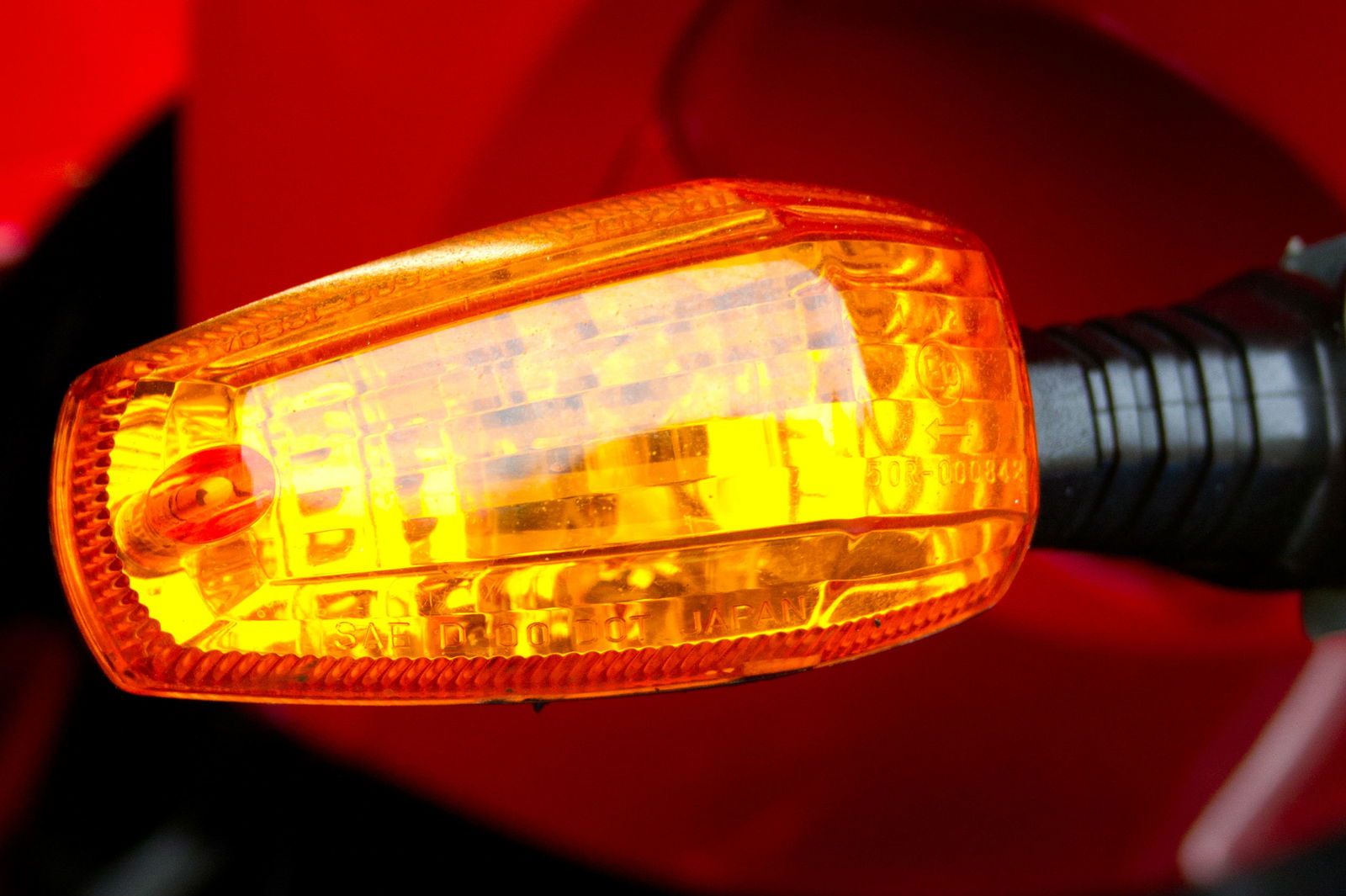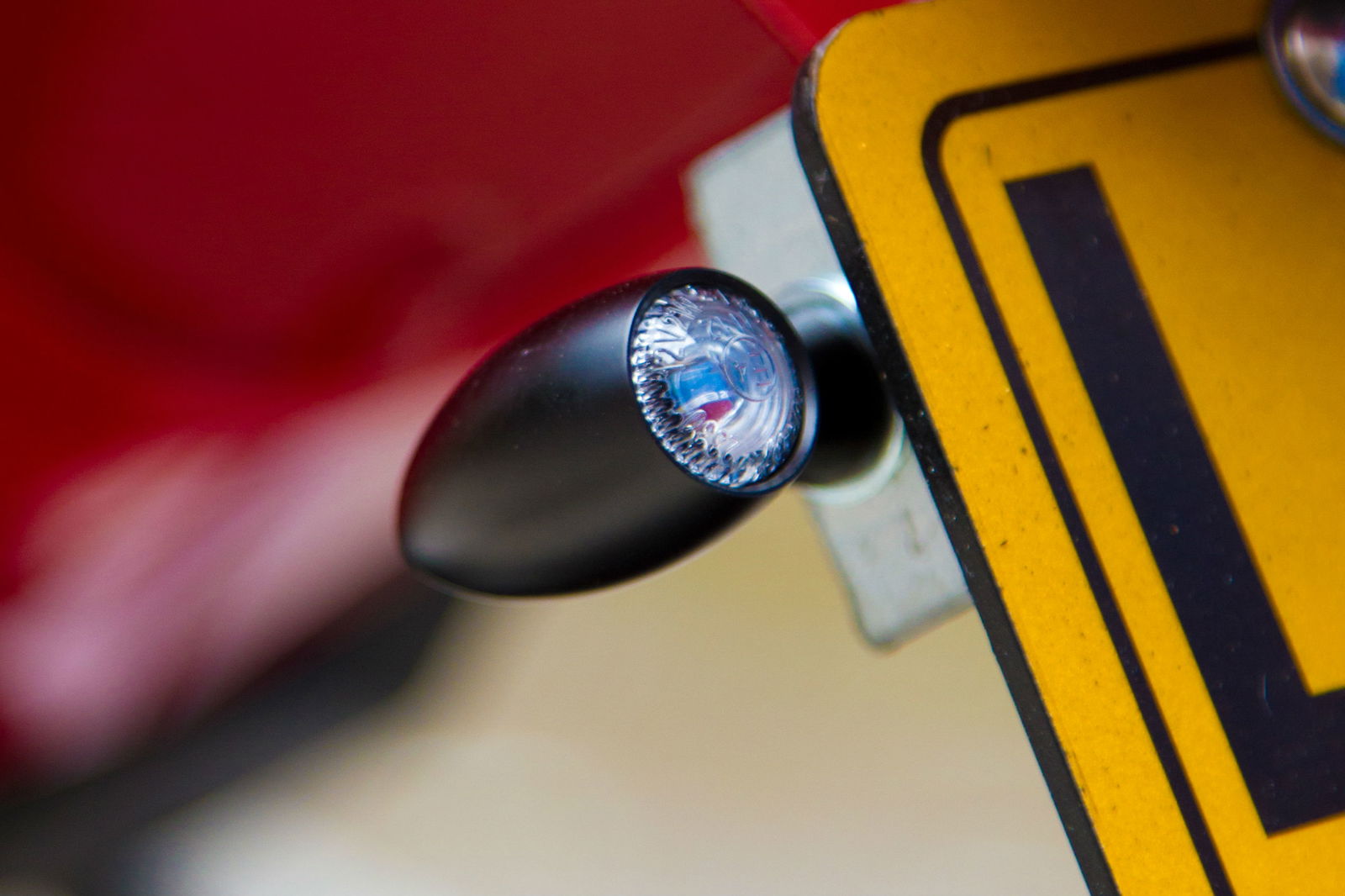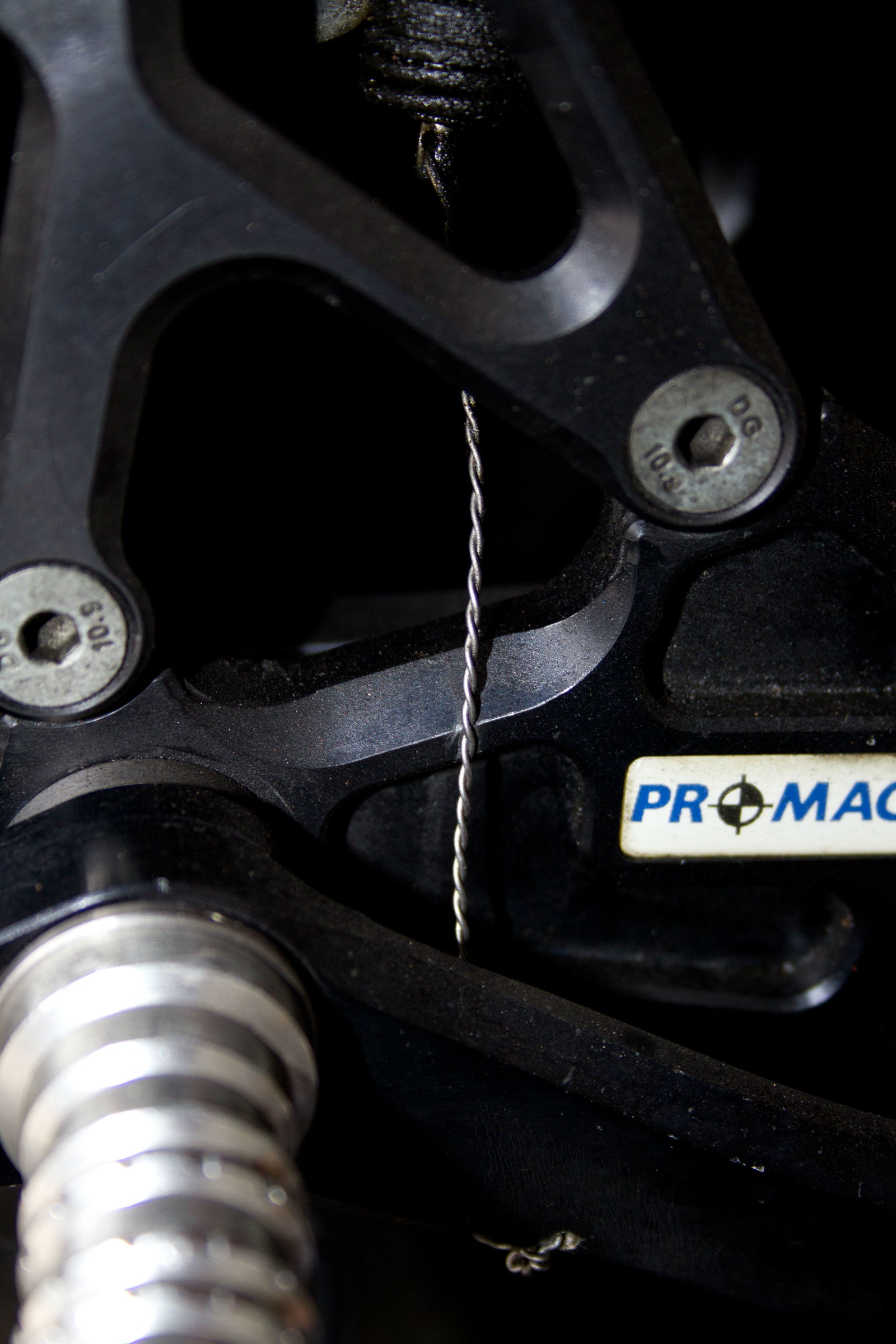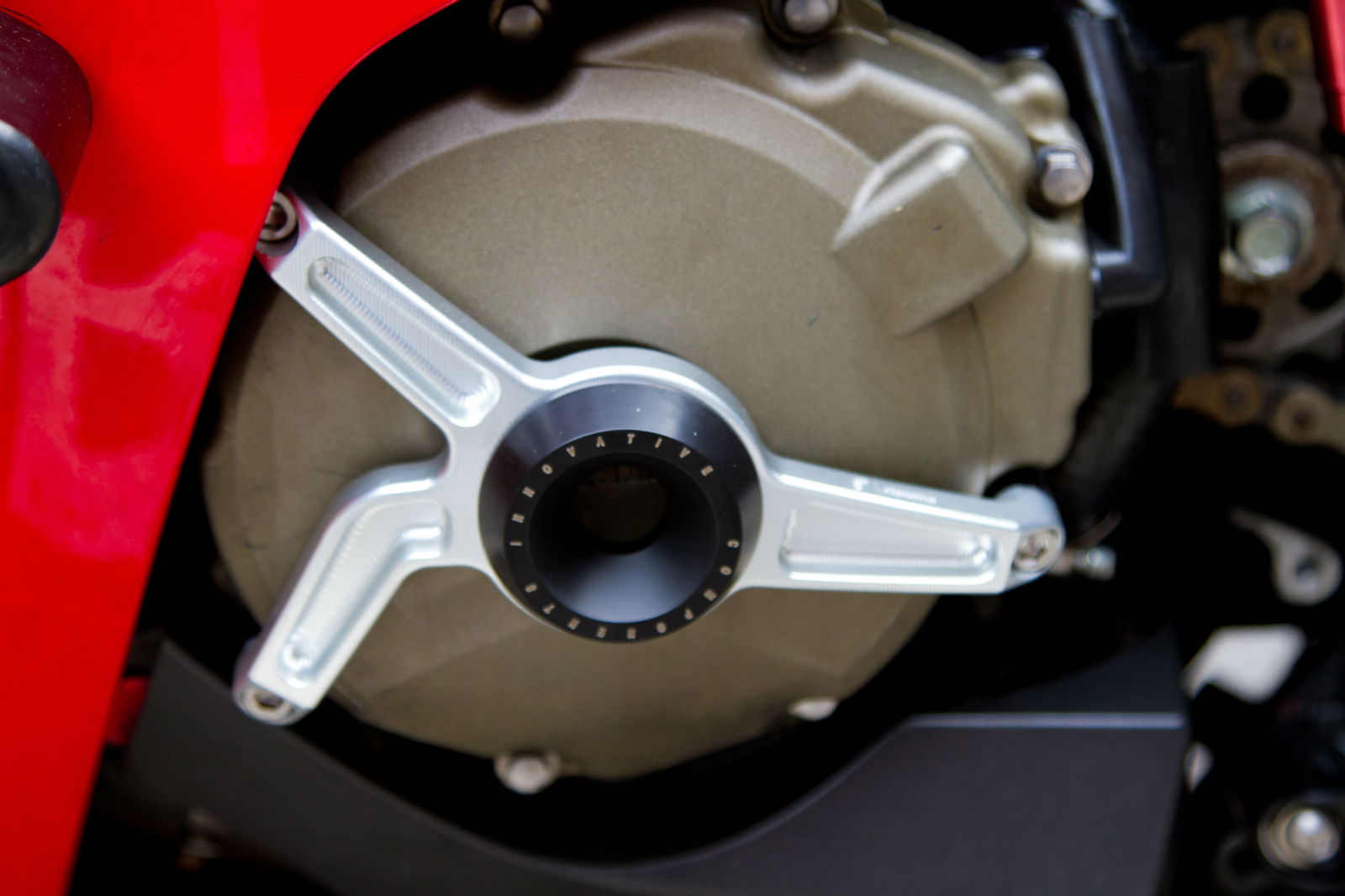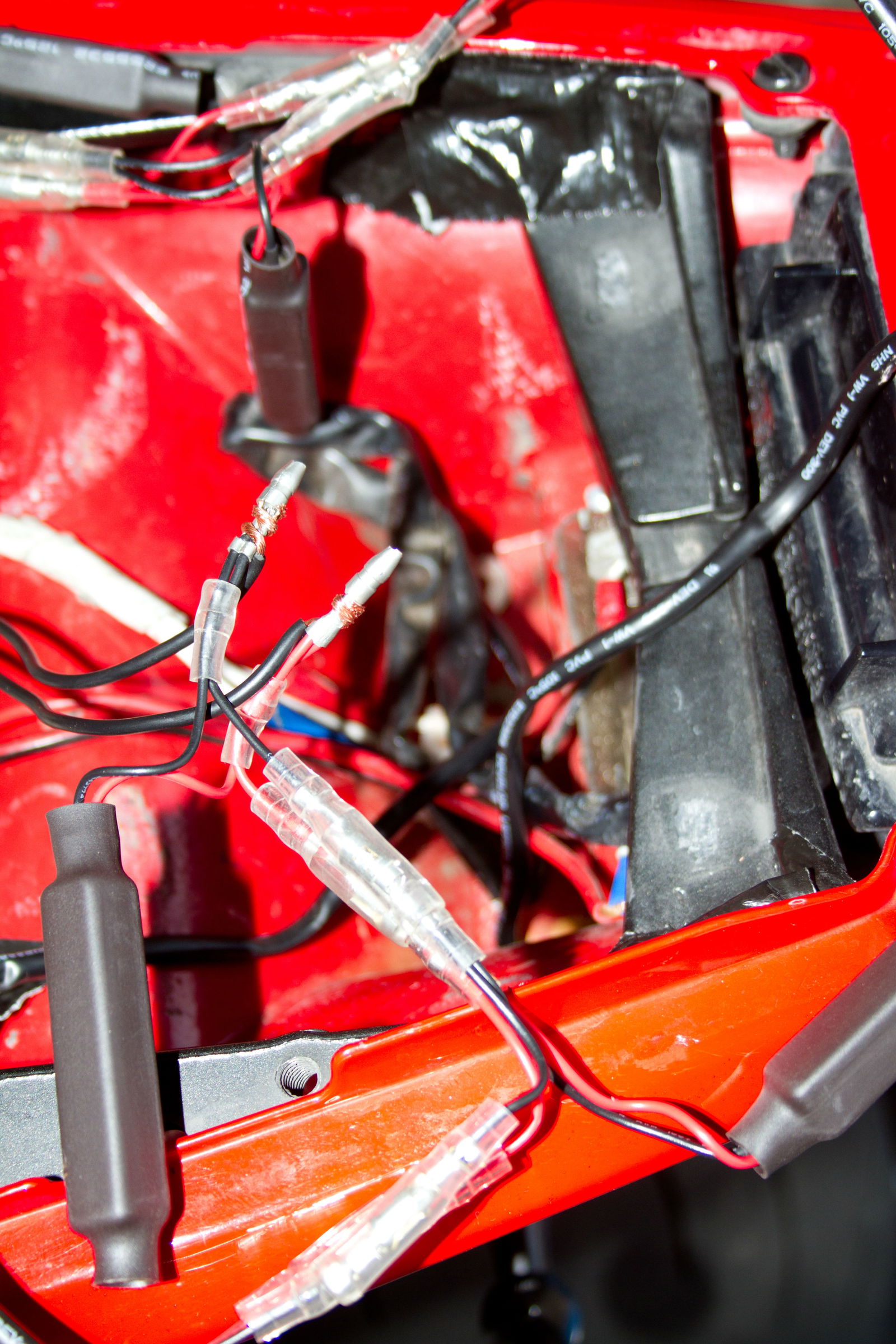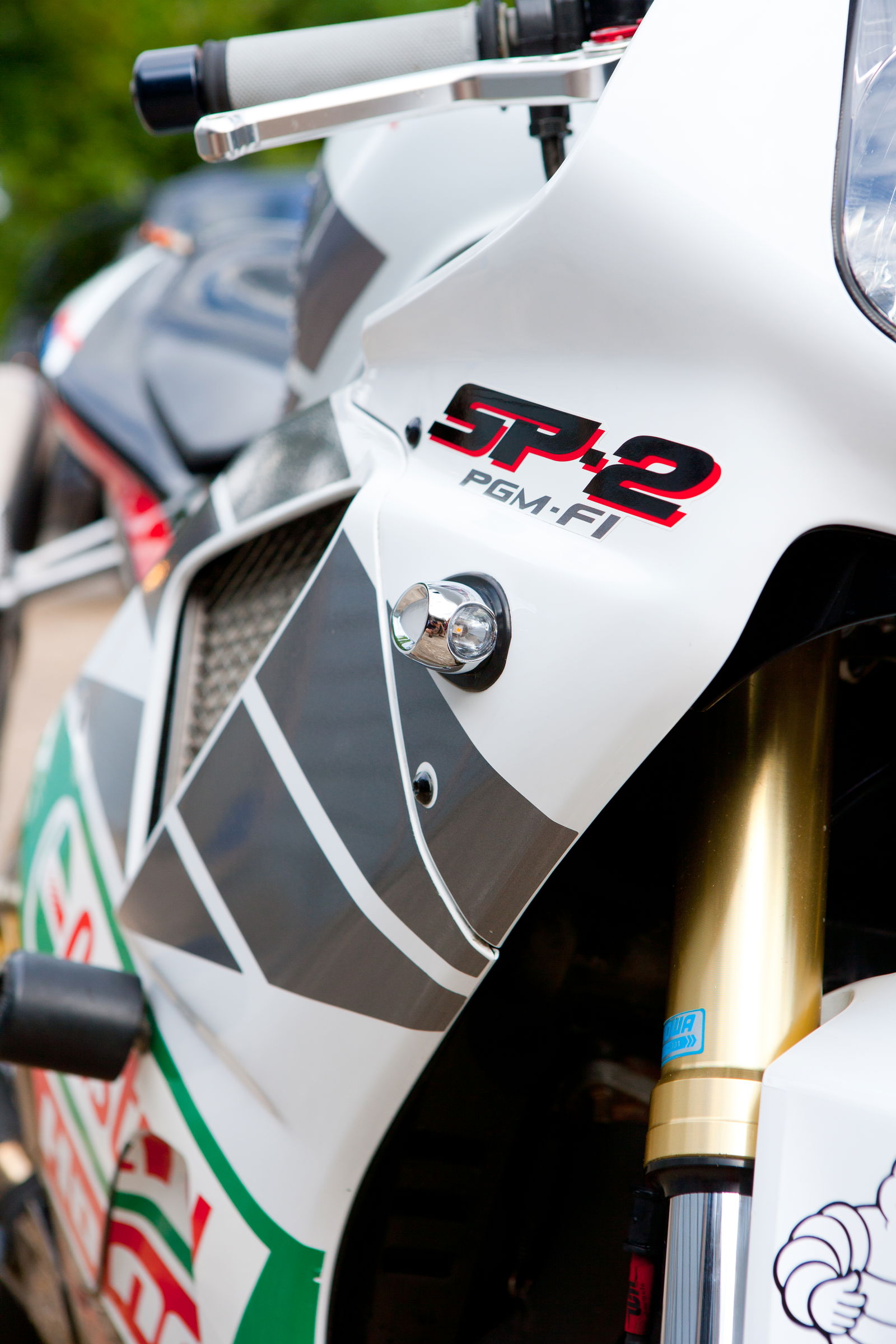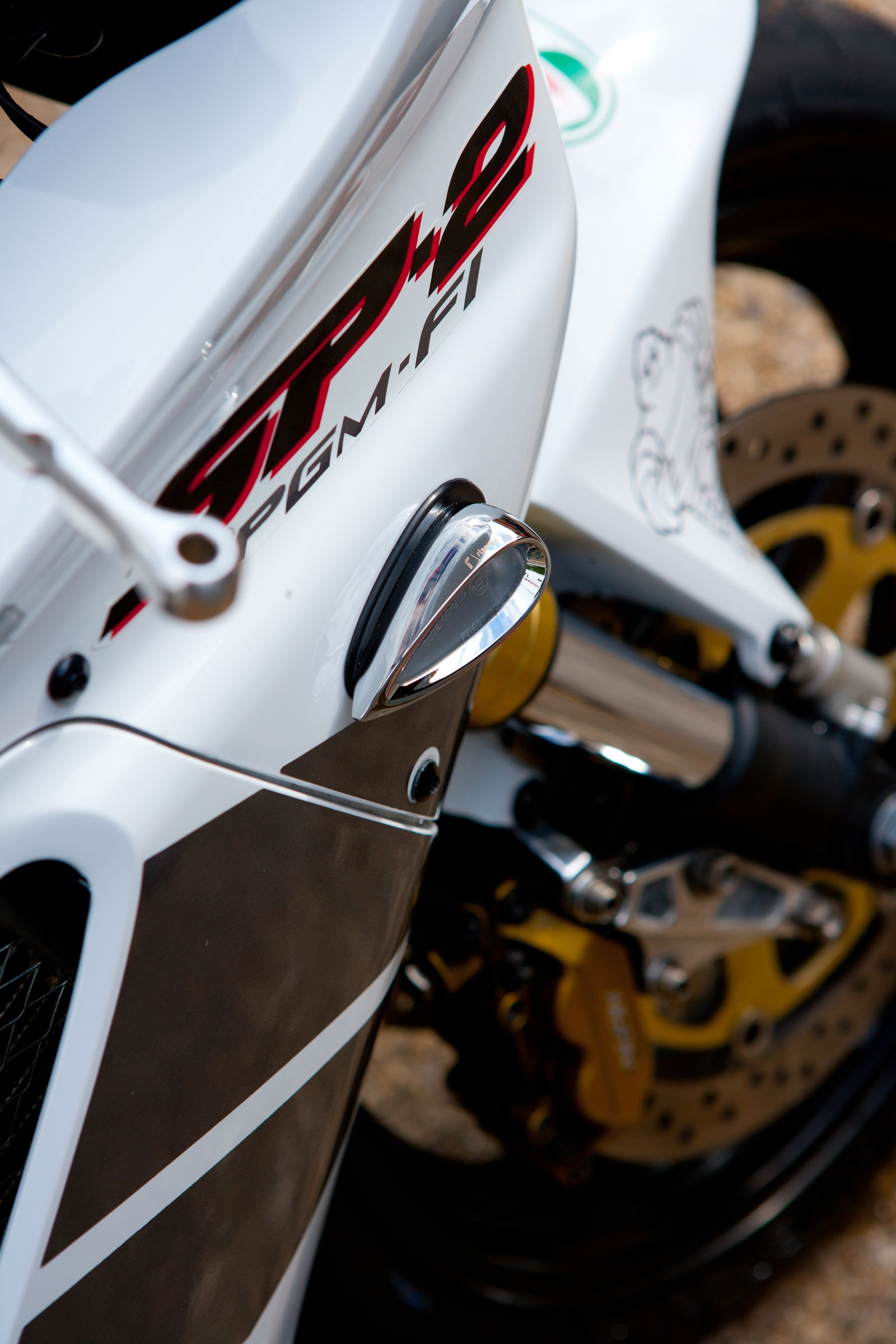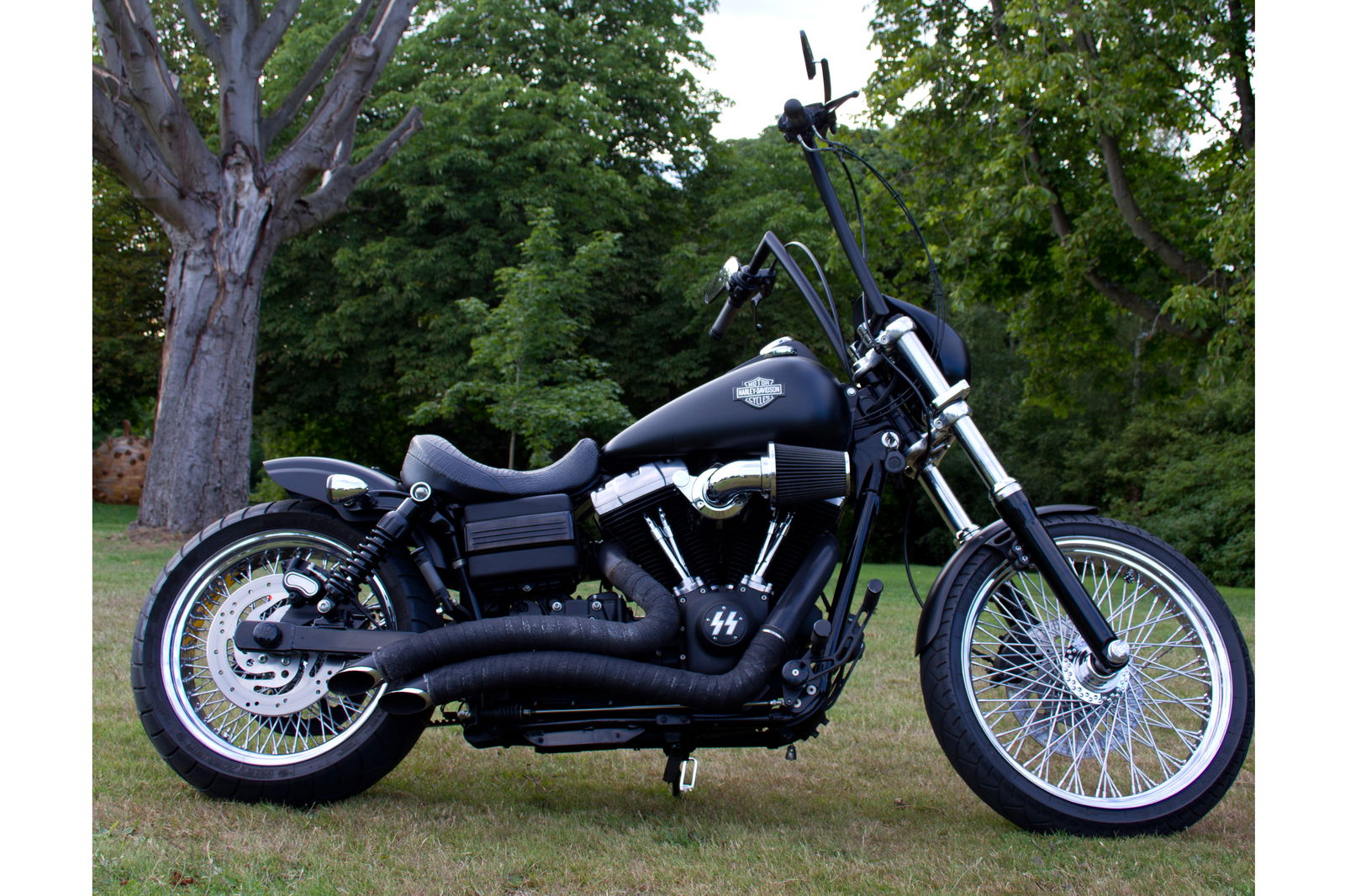Tested: Rizoma accessories
Visordown's Kane Dalton pimps his Fireblade with Italy's trickest parts

A COUPLE of weeks ago I spotted that the bulb in my Fireblade had burnt out. I also noticed that it was looking a little shabby around the edges. It started to gnaw at me.
To make matters worse... I had been test riding the beautiful Ducati Panigale for two weeks and was reluctant to give it back. When I got back on my old Fireblade it lacked the Italian style I had grown accustomed to... but there was no way we could part. My Blade has been my faithful track bike over the years and we've spent many happy Sunday morning rides together.
Well if I can't replace her, it's time I gave her a little bit of TLC. It was time to pimp up my Blade with some Italian styling touches. Over to Rizoma - an Italian parts and accessories company that offers neat design touches for most the major manufacturers - be it Aprilia, Buell, Kawasaki... or Honda.
I ended up clocking up over £900 worth of bling aftermarket parts. If this little lot doesn't spruce up my Fireblade then nothing will!
Since my old indicators were the source of my dissatisfaction in the first place, the first things I fitted were these Club S indicators, for £56. These are multifunction LED indicators, machined from billet aluminium. They offer high light intensity from a very compact size.
As soon as I unwrapped these I was sold. They are tiny but maintain the classic shape and really pack a punch. You can get the single purpose units (i.e. they only act as a turning signal, brake light or tail light) or you can get a unit that offers all three in one, you simply connect an extra wire.
I found them simple to fit and the wiring diagram was very easy to follow (by which I mean it had pictures). The wires are colour coded and you simply run and extra wire from the system to the brake or tail light if you choose the multifunction version.
You need to find a little space to stow the load converters which are compact and shrink wrapped for weather resistance. It’s worth taking a moment beforehand to work out where you're going to place everything, but as it is compact it was easy enough to stash everything away neatly.
It probably took me about ten minutes to fit the indicators to the Blade.
I then moved on to fitting the hand protection.
Rizoma's Proguard System Racing costs £212. It offers protection on track, especially when you are rubbing paint with the rivals down into turn one - the guard is designed to prevent contact with other bikes. At the Catalunya GP in 2006, Loris Capirossi hit Sete Gibernau's front brake with both crashing spectacularly out of the race - it was largely because of this incident the bar protectors were made mandatory.
The guard also offers protection to your fingers in a fall and this is probably the main reason most people outside the GP paddock will buy them... well that and also the bling-factor of looking like a GP racer.
You can replace the protectors easily by removing two small Allen key screws. The kit comes with a number of spacers and two insert dimensions so you can tailor fit the system to your specific bike.
I found the first time I rode my bike with the Proguard I was resting the outside edge of my hand on the guard like I do on my mountain bike.
Next up, the engine guard. The protection on my bike had really seen better days, the casing protector on the right had become brittle over winter, then split and part of it had dropped off. I had been in touch with the supplier before and was told they were no longer making this product so it was time to replace.
The Rizoma Engine guards are made using machined aluminium which looks great, much nicer to look at than the standard black or carbon protectors on the market.
Again this was really simple to fit. I removed the screws in the guard that hold the protector in place, put the guard in place and put the three new screws with their spacers in. The whole process would have taken less than three minutes to fit. Fitting the crank guard was even easier, I removed the crank cover with a socket and screwed the protector back in its place.
At £134 this is not the cheapest solution on the market but I was going for all out bling on my Fireblade.
The petrol cap is an often overlooked component on a bike. It sits slap bang in the middle of your tank and right in your eye line.
I have always had quick release fuel caps on my race bikes, this is really useful when you run a bike without a key.
The cap on my Blade was showing signs of wear from me hunched over the bike in a racing crouch, it had picked up a ugly scratches from the zips on my leathers. Well in for a penny and all that, so I ordered the Rizoma Gas Cap, also for £134.
The cap is also machined from billet aluminium and comes with a clever, little anti-tamper key lock system. It still means using a key but this product will most likely be used by bikers wanting to enhance their bikes rather than racers on a budget.
The key has a plastic coating so it will not scratch your yolk when you leave it on your keyring. Its so simple to fit. There are only three screws holding the cap in place, the other two screws are decorative. It was a simple as removing a few screws, lifting the old cap off and dropping the new one in place. Three screw later and it was done. The cap has a deeper fill gap so I found it really easy to put fuel in the bike.
My final flurry was a shiny set of rear rests. Rizoma do two types for the Fireblade - a system they call Evo which has a concealed adjustment system, and the RRC which is what I went for, costing £284.
I already had some good race rear sets on the bike that still worked well but that had been ground down from too much lean on track. The ankle guard was too tall and had rubbed on my swingarm leaving a horrible scratch! The Rizoma guard is shorter but still offers the protection I needed. I run the bike without the front sprocket and chain guard so this is especially relevant for me.
The pegs offer loads of grip, and are pointed at the end. This offers good levels of grip when leaning off the bike but is really hard on your boot undersoles. I made a bracket and zip tied the rear brake light switch to it when I put the bike back on the road. I did not have a return spring so I used a piece of car tube tied in a band as a spring. (I have seen this a number of times on the race track)
The Rizoma rear sets look a million dollars with the black and red two tone anodising. They are machined from billet aluminium. It took me a little time to install as I did my usual trial and error before checking, but most of it was self-explanatory. The system comes already made, you just have to check and tighten everything.
The RRC has a bracket for the rear brake light switch and it also comes equipped with a return spring on the brake lever. You can also adjust where your foot meets the selector levers and the parts are easy to change or replace if you end up dragging a lever or toe on the ground through a corner.
The footpegs are really easy to install and replace. The edge is round. I have ridden bikes with round edge pegs before and they felt like they never really offered any level of grip. The RRC has a unique pattern on the edge. The first time I rode the bike I was struck with the level of grip. It also seemed to grip at all angles. I was also taken by how smooth the gear change is. Rizoma say this is down to the needle bearings they use.
So my verdict?
The Blade is a new machine (almost). Ok, I'm not sure that I have managed to conjure up a Ducati Panigale but the old girl is looking so much better and everything I have added is functional, so I can't be accused of being a total poser... right?

